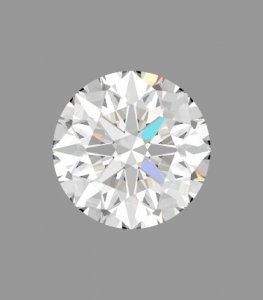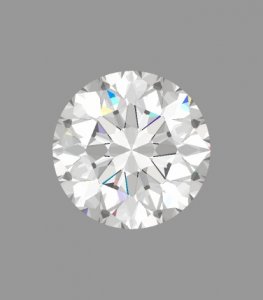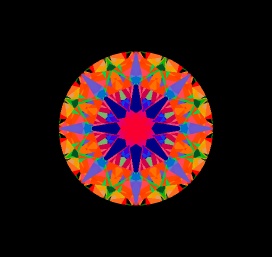- Joined
- Aug 15, 2000
- Messages
- 19,107
If GIA can not provide an adequate level of accuracy within their own lab to neccessetate that level of rounding then it is very sad indeed.
If that should actually be the case then they have a duty of care to replace their Sarins with Helium scanners.
I do not accept the arguement that they need to allow for other peoples innacurate devices. That is a very poor basis for excessive amounts of rounding.
If that should actually be the case then they have a duty of care to replace their Sarins with Helium scanners.
I do not accept the arguement that they need to allow for other peoples innacurate devices. That is a very poor basis for excessive amounts of rounding.

















300x240.png)